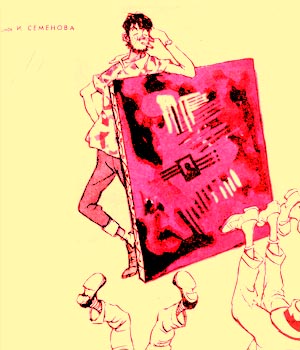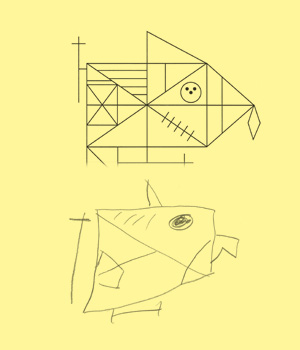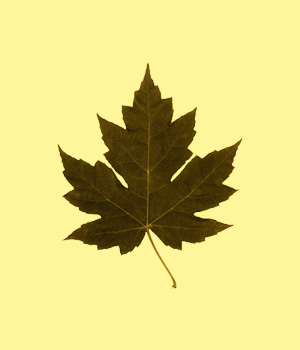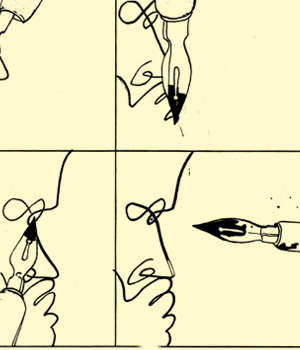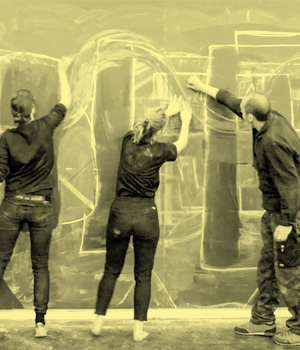Artwork or Fire Extinguisher?
Modernist Debates in Soviet Caricatures During the Khrushchev Thaw
Can an artwork that never even existed influence the perception of that very same type of art?
A question like this at first seems absurd. But this was very much the case with innumerable Russian caricatures made between 1947 (the rise of Abstract Expressionism, the artistic weapon wielded by the USA during the Cold War) and the mid 1960s (the end of the so-called Khrushchev Thaw). Satirical magazines such as Krokodil and Perec published millions of copies containing the work of the best-known caricaturists, who often made fun of the various art trends in the West. Abstract art was supposed to turn everything on its head, but it was depicted as a cheap, accidental product, charlatanry, at least as pernicious as religion. Moreover, it was so incomprehensible that it could easily be confused with a ventilation shaft or a fire extinguisher. The caricatures, which were as funny as they were sharp-tongued in discrediting Western art, were one of the few sources of information that Russian artists had about that art. And yet, the art the caricaturists were criticizing was imaginary: Only in the rarest of cases had they seen it in person. They just imagined the art that would reveal the ridiculousness of the West; they created it new for Russian audiences.
The research project 'Modernist Debates in Soviet Caricatures During the Khrushchev Thaw' is focused on this ironic interplay between exposure and, at the same time, the communication of information. On the one hand, the caricatures were instrumentalized for cultural propaganda in that, through them, a normalized artistic taste was 'established'. On the other hand, as adaptations of 'Western' art trends and theories, they served as a platform for both artistic and political critique. Thus, art, politics, sociology, and history will come together here. In the process, we will reveal the complex thinking behind satirical images and discuss them within the context of the political and cultural bifurcation of the world.
Dr. Sandra Frimmel is Scientific Collaborator in the EU-Project 'Performance Art in Eastern Europe' at the Slavic Institute und Coordinator of the Center for the Arts and Culture Theory at Zurich Univ More
Related contributions
